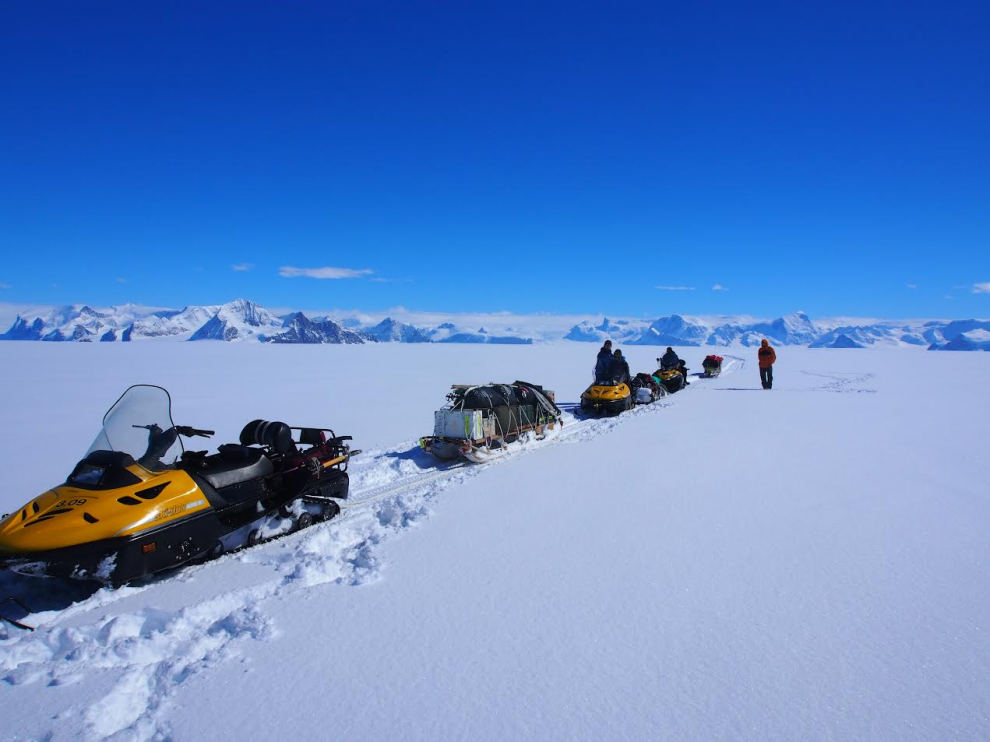ABERYSTWYTH UNIVERSITY researchers are visiting the Antarctic to investigate the way ice shelves break up and can contribute to rising sea levels.
Ice shelves are the floating edges of ice sheets – they disintegrate when rifts open and slabs of ice fall off to form icebergs.
Current models cannot predict when these rifts in ice shelves occur, how they develop and when the shelves themselves break up.
The team’s research will examine how rifts develop quickly through cold, hard ‘meteoric’ ice, but are halted in warmer and softer areas, known as ‘suture zone ice’.
The team will camp at three sites on the Larsen C Ice Shelf to carry out a series of experiments. These include using snow scooter-towed radars, hot water drilling and installing fibre-optic cables into boreholes to record ice temperatures.
Estimated to cover around fifty to sixty-five thousand square kilometres, the Larsen C Ice Shelf is well over twice the size of Wales.
Ahead of his visit to Antarctica, Professor Bryn Hubbard from Aberystwyth University said:
“This research is critical in the development of models which can predict the role that ice shelf rifting plays in the future of the Antarctic ice sheets. At the Larsen C Ice Shelf, down-flow of Joerg Peninsula, we will use various techniques and instruments to record the nature of suture zone ice, investigate ongoing rift activity, and measure changes since previous surveys.”
Dr Katie Miles, who is another member of the Aberystwyth University research team, added:
“Understanding these changes and how they will affect sea level rise is critical to the future of the region and our entire planet. The radar and drilling research will help us characterise the physical properties of suture zone ice and its impact on rift propagation. This will help us develop models that can show how the rifting processes influence the Antarctic as a whole.”















